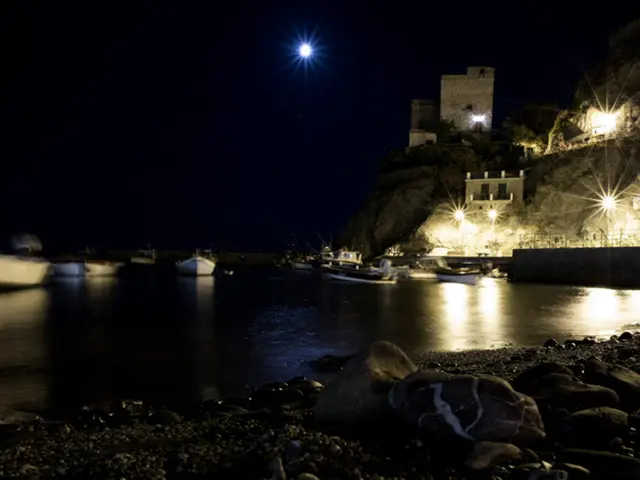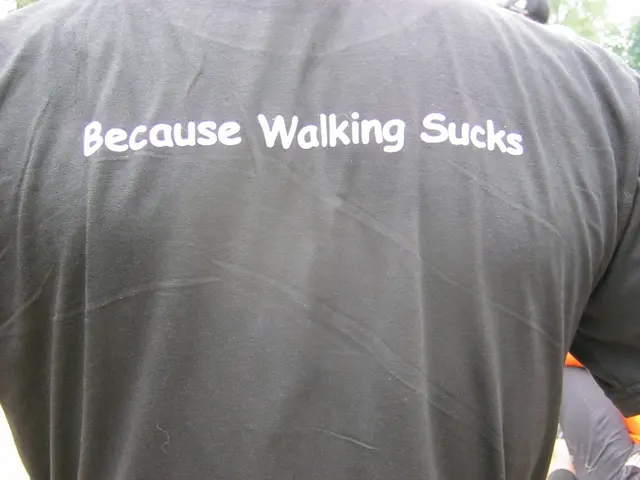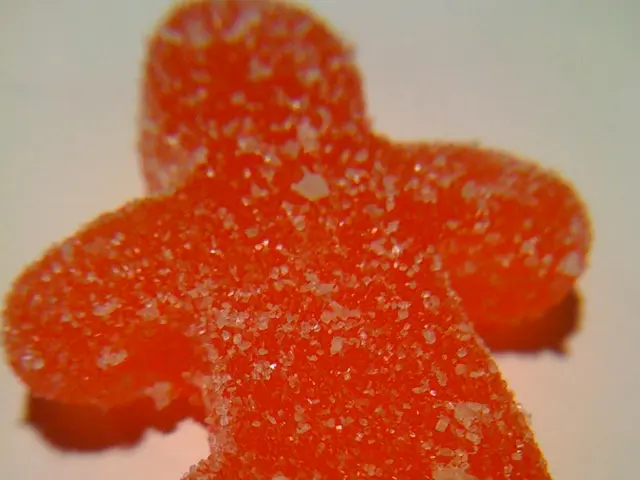Intense sulfur pollution levels in Reykjavik, following the onset of volcanic activity
High Volcanic Haze Levels Pose Health Risks in Reykjavik
Residents of Reykjavik, Iceland, are experiencing increased health risks due to high levels of volcanic haze and sulfur dioxide (SO₂) during the ongoing eruption of the Sundhnúk crater row.
The short-term health effects of this pollution mainly include respiratory and cardiovascular symptoms and risks, particularly among sensitive groups such as children, the elderly, and people with pre-existing respiratory or heart conditions.
Exposure to elevated SO₂ concentrations can irritate the eyes, nose, throat, and lungs, triggering coughing, wheezing, shortness of breath, and worsening asthma or chronic obstructive pulmonary disease (COPD) symptoms. SO₂ can also exacerbate heart conditions in vulnerable populations, increasing risks of adverse cardiovascular events during periods of poor air quality.
The volcanic haze, composed of aerosolized sulfate particles (SO₄), contributes to poor visibility and adds to respiratory irritation, aggravating lung conditions and potentially causing inflammation.
During the eruption, SO₂ levels in Reykjavik and nearby regions reached hazardous concentrations, with some stations recording peaks over 1,600 µg/m³ (far exceeding typical safe limits). This has led to official health advisories such as keeping windows closed, limiting outdoor activities, and following government health recommendations to reduce exposure.
The Directorate of Health specifically advised sensitive groups to avoid outdoor exposure and monitor symptoms, as these short-term effects can occur rapidly following exposure to volcanic emissions.
Outside eruption periods, Reykjavik's air quality normally remains good, with very low background SO₂ levels, allowing safe outdoor activities for the general population.
However, during the current eruption, high levels of pollution have been recorded at all monitoring stations across the city. These pollutants are not detected by standard sulfur dioxide (SO₂) monitoring, indicating the presence of other harmful substances. Measurements of fine particulate matter (PM) show that this pollution is widespread.
The Reykjavík Health Authority is urging residents to limit outdoor activity and avoid physical exertion. Dust masks provide no protection against gas pollution, so it is recommended to breathe through the nose as much as possible during this period.
Despite the volcanic activity on the Reykjanes Peninsula being stable, a volcanic haze still lingers over the city. Although levels are decreasing, the haze is expected to last through the weekend.
In summary, high SO₂ and volcanic haze during volcanic eruptions pose immediate health risks mainly through respiratory and cardiovascular irritation and exacerbations, especially in sensitive individuals. Protective measures such as staying indoors and limiting outdoor exercise are recommended to mitigate these short-term health effects.
Scientists are closely monitoring the ongoing eruption in the Sundhnúk crater row, as the news of high volcanic haze levels poses health risks for Reykjavik's residents, particularly those with pre-existing conditions.
The elevated levels of sulfur dioxide (SO₂) and fine particulate matter (PM) contribute to respiratory irritation and exacerbate lung conditions, necessitating health advisories such as limiting outdoor activities and following government recommendations.
Climate change and environmental science experts are meticulously studying this event, aiming to understand its impacts on the city's air quality and health-and-wellness overall.








